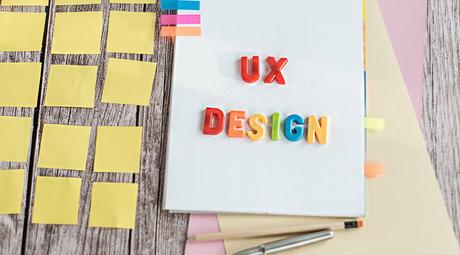
The importance of designing a good website can never be emphasized strongly enough. There is no denying that without a website it is practically impossible for a business to compete in today's competitive marketplace where every company is trying to distinguish itself both online and offline. Imagine trying to be non-existent online, and expecting to be profitable, when your competitors have a huge online presence by means of a website and social media platforms, through which they manage to retain regular contact with their customers, while making new ones. This underlines the need to develop a strong online presence, and maintain it. One of the key ways to do this is by designing a good website. Imagine your website as your online shop. Just as you try to keep your physical retail outlets in good condition with nicely painted walls, decorations and pleasant staff, you also need to have your online retail store - that is, your website - in top notch condition. You may be asking, how can this be done?
For starters, your website needs to have a good layout. In a real shop you will not have all your products in a pile in one of the corners of the room. Rather you will have them neatly placed on shelves and display cabinets for your customers to see. You will also have clearly laid out areas where customers queue, pay and so on. Similarly, in your website you need to have a design that is enticing yet simple at the same time. Being plain is best as you do not want to complicate things for your customers, especially if they do not have much internet knowhow or limited time to spend browsing or trying to find things on your site. So the simpler you make it, the better and the more effective it is bound to be.
Once a user lands on your website, you naturally want him or her to start browsing through it, and hopefully buy something. Chances are that the user takes an instant liking to your website if it is well designed and properly laid out. If on the other hand the site looks and feels complicated, the suer will simply give up trying to find anything and simply opt for leaving and finding an easier to use website. One thing is important - nowadays there are hundreds and thousands of sites similar to yours, and so the supply is practically unlimited. It is already almost a miracle if a user ended up finding your website out of the thousands of other links that came up after a search. This was only possible thanks to your efforts in search engine optimization. Most probably your website ranked among the top results and came up on the first page. Once you put all that effort on SEO, wouldn't it be a pity if the user who clicks on your site's link is then not retained? That is why you need to make sure that your website's design is really appealing and that the whole layout inspires a visitor to stay there.
Web design needs to place a lot of emphasis on the user experience. In fact many designers are referred to as UX designers. The main role of such a designer is to make sure that the website that is being designed will manage to target user groups well. This is directly related to Information Architecture.
Most web designers will carry out extensive user testing so as to get actual user perspectives on the site that is being designed. A group of users will be asked what they think of the site and the user experience. Usability reviews will be carried out and user journeys will be studied so as to find areas that require improvements or changes. Personas are often used as well. According to statistics, many web designers and user experience designers focus on task based design. The structure of the website is thus very important, as is the organization and the labelling. You need to make sure that a user manages to find what he or she is looking for easily and quickly. This will reduce the chances that such a user decides to leave the website. Thus, there needs to be a clear layout where key sections of the website are marked or labelled. The terms that are used for titles or headings, need to be understandable and recognizable. As always, the general rule of thumb is to keep it as simple as possible. In such a way you are bound to target more users and to retain them.
A key part of user experience design is inevitably the visual design. This involves the layout, as well as the use of colors, fonts and visual aids. If a user ends up on a boring looking website packed with content, chances are that he will leave shortly afterwards. In most cases, no matter how interesting the content might be, a user is not likely to sit there and read through it. So it is better to be short and sweet, as the saying goes. A short description of what the site is all about is preferred on the homepage. The use of pictures or videos is often preferred as most users will manage to get a message more easily from visual aids where the minimum effort is required. Simply glancing at a picture or an infograph is easier than having to read a chunky paragraph.
The aesthetics of the page and the whole interface need to be well thought out. The designer needs to think about what the user is expecting, and the need to convey a message to the audience, while retaining them on the site. If the user experience is improved, there is going to be a subtle call-to-action. This is a clear indication that the designer did a good job in the site. The starting point is to have a user that is inclined to spend time browsing through the site, and later on, he or she will probably buy something. A pleasurable user experience means a great deal in the success of your website, so make sure you place importance on it if you want to get results from your online presence.

